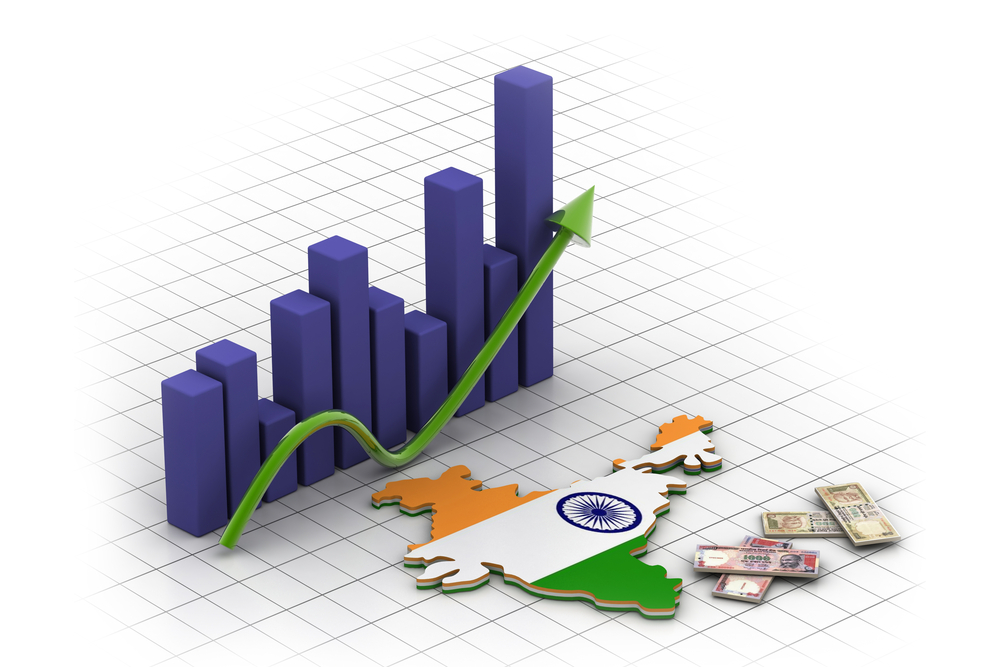A K-Shaped Recovery Might Not Be Sufficient
Recovery in employment and wages will provide demand-visibility to corporates to make fresh investments

As India continues to fight the second wave, the debate is on how its impact is different from the first one. Amid the virus mayhem, the number of 2021-22 growth downgrades has increased recently.
Apart from witnessing unprecedented devastation, India is also going through weaker mobility-activity links and less rigid policy restrictions which is making y-o-y numbers look better, despite the sequential deterioration in high-frequency indicators.
Besides fighting to make the present less painful, we must not forget about the ongoing wave’s impact in the near term and the economy’s development.
As far as the economic impact on the household income is considered, a surge in infections has led to state lockdowns which have dampened the demand and can only surface after vaccination reaches the critical mass, according to a report by IDFC AMC.
“Households are likely to emerge from all this with implications for both ability and willingness to consume,” the report said.
Last year’s lockdown saw countless helpless migrant workers on road barefoot taking long treks back home with their loved ones and belongings. After a year, India still stands on the grounds of uneven labour distribution and wage growth recovery as growth in non-agri wages is flat and that in core-agri wages has fallen.
“With the Kharif crop season approaching, monsoon rainfall (IMD forecast is ‘normal’), progress in sowing and its conversion into harvesting is critical. However, we have to recognise that 50 per cent of rural households are non-agri and a large share of agri households earn a good part of their income from non-agri sources,” the report said.
The rural section whose marginal propensity to consume is high, will be subjected to higher risks if rural infections elevate.
The first Covid wave not only brought news of people dying from the infection but also committing suicides due to unemployment. Last year employees were overwhelmed with salary cuts and job losses. But, this year there has been a sharp rise in input costs, lesser space, and avenues for incremental cost cuts and price hikes being overdue in some sectors.
“Price changes will depend on product and sector dynamics too but it can be nuanced, especially for service providers. Recent retail price momentum in services has mainly been higher in health, household services and transportation and communication,” said the report, adding that this could at best only partially offset the fall in quantity consumed.
Progression in a few sectors can seem like a positive sign, but they are not devoid of caveats.
There is a sharp requirement in recovery and a growth cycle in employment and wages. This will provide demand visibility to corporates to increase capacity utilisation and make fresh investments, which may not materially move otherwise. While consumption support may be necessary for the near-term, it will have implications for the current account deficit if overdone.
"Even if the K-shaped recovery witnessed gets exacerbated, overall demand will be meaningfully hit as the two legs of the ‘K’ don't work in silos," the report stated.
Due to its position in the global supply chain and the amount of value addition it offers, India imports a bit for re-exports. Revising the trade policies can lead to more export opportunities.









